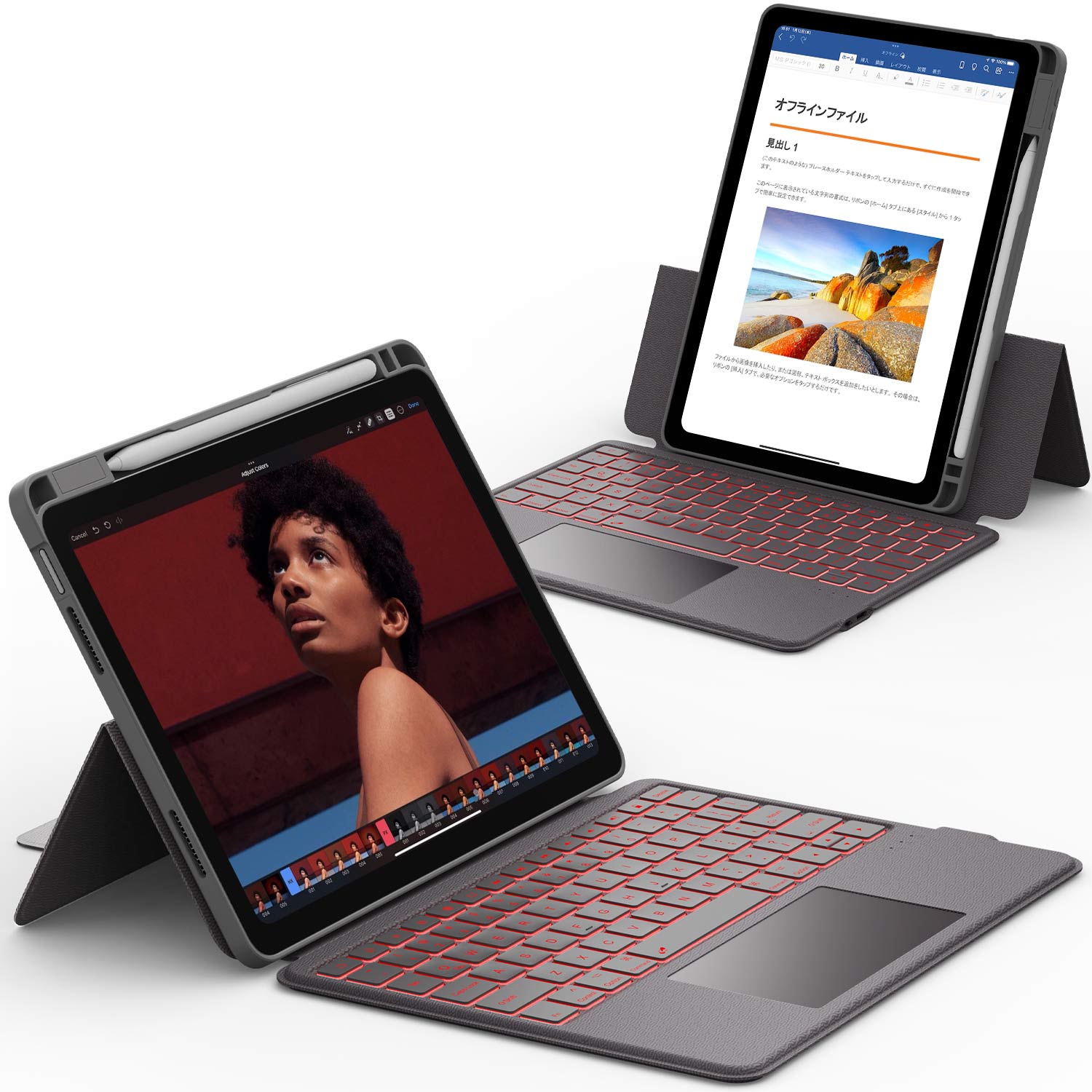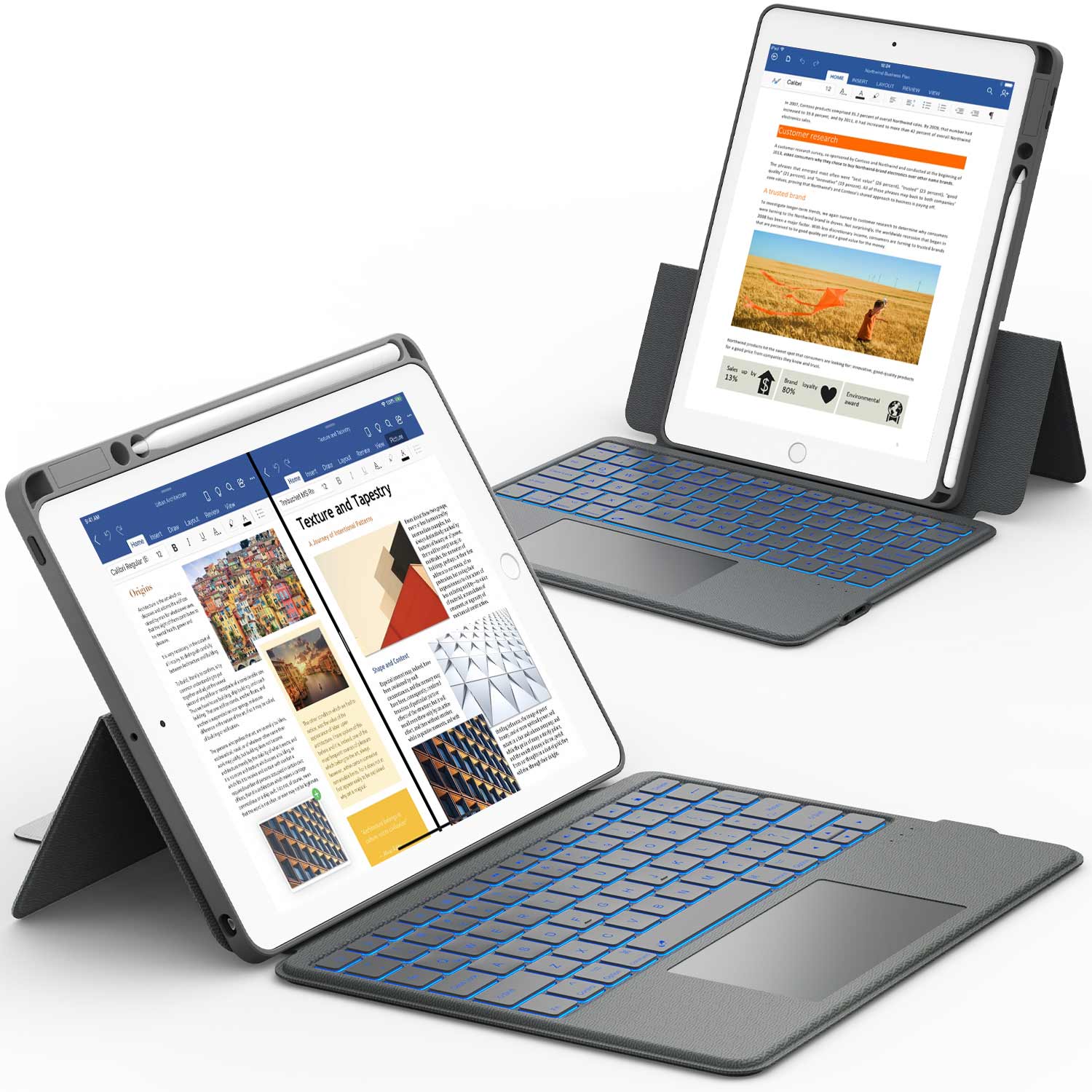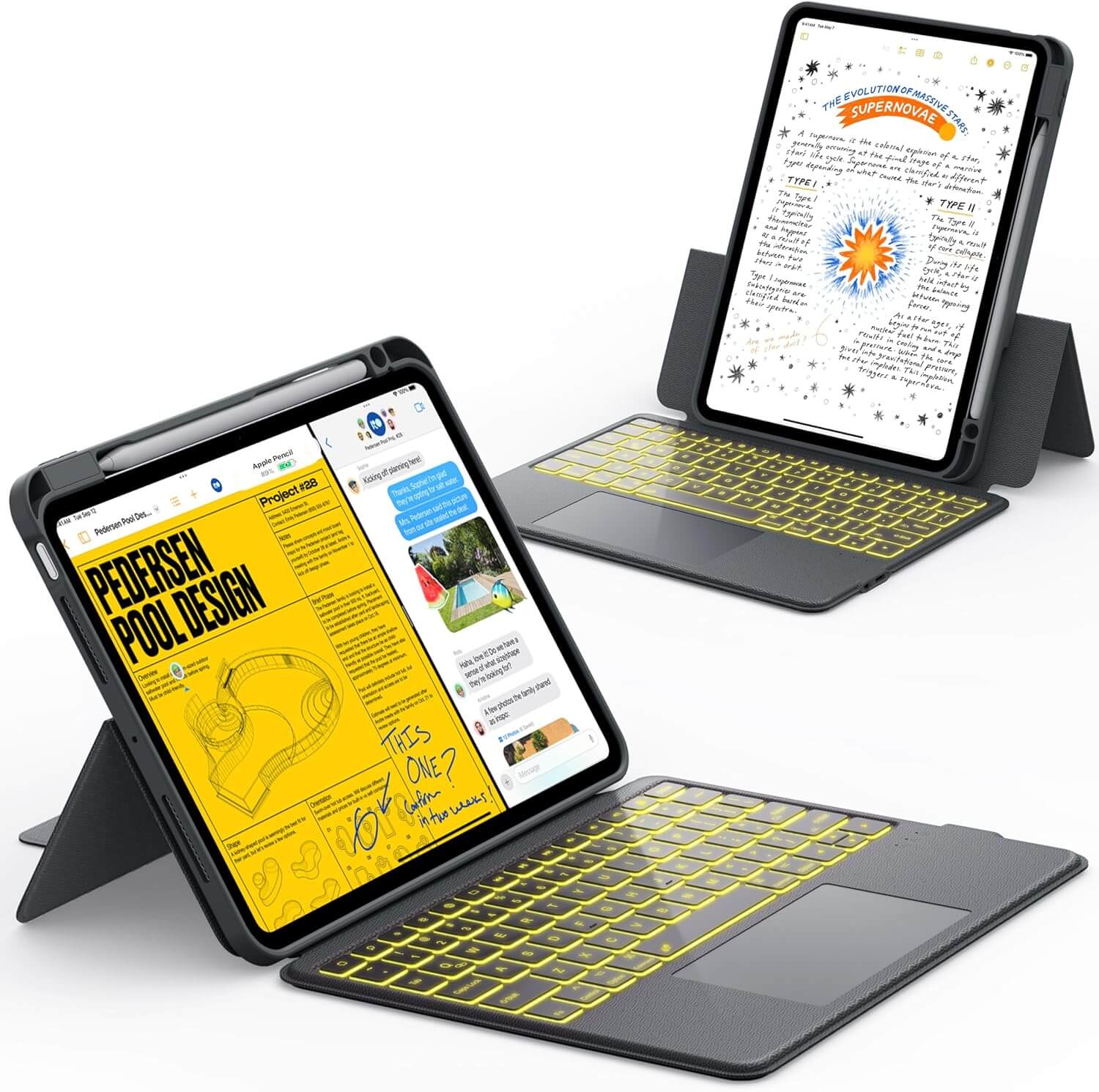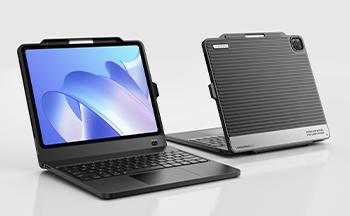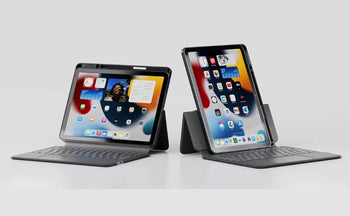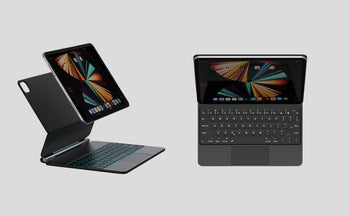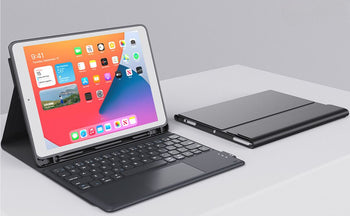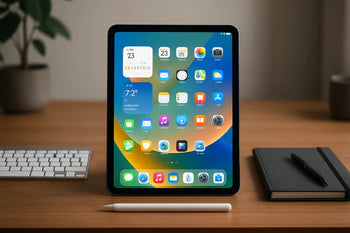Figuring out your iPad size can be tricky with so many models out there.
To find your iPad size, go to Settings > General > About, where you'll see your iPad's model name (like iPad Pro 11-inch or iPad mini).
This screen shows important details about your device, including its screen size measured diagonally across the display.
Not sure about using Settings?
Look at the back of your iPad for a model number that starts with A. This number can help you identify your iPad model and size when you search it online.
Apple has released many iPad sizes over the years - from the tiny iPad mini to the large 13-inch iPad Pro.
Check Your iPad Model Information

Knowing your iPad's exact model helps you find the right accessories and check compatibility with apps and features.
There are two main ways to identify your iPad size and model.
Finding Model Numbers In Settings Or On The Device
You can easily find your iPad model information without any special tools.
The quickest way is to look at the back of your iPad. The model number is etched into the metal surface.
It usually starts with an "A" followed by four numbers (like A1432 or A2316).
If you can't read the text on the back, you can also check in your iPad's settings:
- Open the Settings app
- Tap on General
- Select About
- Look for "Model Number" in the list
At first, you might see a number starting with "M."
Tap on it once to reveal the A-number model identifier. This number tells you exactly which iPad you have.
Using Apple's Official Model Identifier Webpage
Once you have your model number, you can find complete details about your iPad on Apple's website.
Apple maintains a helpful resource that matches model numbers to iPad generations and sizes.
Visit the Apple Support website and search for "Identify your iPad model."
The page shows pictures of each iPad type along with their model numbers. This helps you confirm:
- The screen size (7.9", 9.7", 10.2", 10.9", 11", or 12.9")
- The generation (which iPad version you own)
- Release year
- Connection type (Lightning or USB-C)
- Compatible accessories
You can also check your serial number in the same Settings menu to get even more specific information if needed.
Measure Your iPad Screen Size

One of the easiest ways to identify your iPad model is by figuring out its screen size. The display size helps narrow down which generation and type of iPad you own.
How To Correctly Measure The Display Diagonally
- To measure your iPad screen, you'll need a measuring tape or ruler.
- Make sure your iPad is turned off so you can clearly see the screen edges.
- Place your measuring tape at one corner of the screen (not including the bezel or border).
- Extend it diagonally to the opposite corner.
- The measurement should be taken in inches, as iPad screens are always listed this way.
Don't include the bezel in your measurement! Only measure the actual display part that lights up.
Understanding What iPad Screen Measurements Mean
iPad screen sizes help you identify your specific model. For example, if you measure 7.9 inches, you have an iPad mini (1st through 5th generation).
The 12.9-inch measurement means you have a large iPad Pro.
Apple has used this size since 2015 for its largest tablets.
Screen size also tells you about your iPad's capabilities. Larger iPads often have more powerful processors and better support for multitasking.
Your screen size affects what accessories fit your device.
Cases, screen protectors, and keyboard covers are all designed for specific iPad dimensions. Remember that newer models sometimes keep the same screen size as older ones.
So you'll need the model number too for complete identification.
How To Distinguish Between Similar-Sized iPads
Even with similar screen sizes, you can tell iPads apart by their features:
The iPad Pro models have the thinnest bezels and no Home button, using Face ID for authentication. They feature the M2 chip for high performance.
iPad Air models have thin bezels similar to the Pro. They use Touch ID integrated into the power button and contain the M1 chip.
Standard iPads have slightly thicker bezels than the Air and Pro models. The newest models have removed the Home button and use Touch ID in the power button, powered by the A14 Bionic chip.
The Mini has thin borders similar to the Air with no Home button, Touch ID in the power button, and uses the A15 Bionic chip.
All current iPad models now use USB-C ports, with the Pro models supporting Thunderbolt connectivity for faster data transfer.
Pro models are distinguished by their advanced camera systems including LiDAR scanners, ProMotion display technology with higher refresh rates, and support for the latest Apple Pencil.
What To Do If You Can't Identify Your iPad

If you've tried looking at your iPad but still can't figure out which model it is, don't worry! There are several easy steps you can take.
First, check the back of your iPad for a model number. This small text is usually near the bottom and starts with "A" followed by numbers (like A1822). This model number is the most reliable way to identify your iPad.
You can also look for the Settings app on your iPad. Tap on it, then go to "General" and select "About." Here you'll see important information about your device, including the model name and number.
Try looking at physical features that are unique to certain models. For example, some iPads have a home button while newer ones don't. Some have Face ID sensors at the top of the screen, and others support Apple Pencil.
If you're still stuck, visit Apple's official support website. They have a helpful page called "Identify your iPad model" with pictures and descriptions of every iPad ever made.
Another option is to check if your iPad has a charging port. Newer iPads use USB-C, while older ones use Lightning connectors.
Still confused? Take your iPad to an Apple Store or contact Apple Support. Their team can help you identify your iPad quickly and correctly.
Conclusion
Finding your iPad's exact model and size is the first step to accessorizing it properly. Whether you check Settings, locate the model number, or measure the screen, knowing your iPad's dimensions ensures perfect compatibility with accessories.
Ready to protect your device? Explore our collection of premium iPad cases at Chesona, featuring perfectly-fitted options for iPad models from 9.7 to 10.5 to 12.9 inches. Don't settle for ill-fitting cases—choose protection designed specifically for your iPad.
Frequently Asked Questions
What steps should I follow to find out my iPad model using its serial number?
To find your iPad model using the serial number, go to Settings on your iPad. Then tap General, and tap About.
You'll see your serial number listed there. Once you have the serial number, visit Apple's website and enter it in their Check Coverage page.
This will tell you exactly which iPad model you own. You can also find the serial number printed in tiny letters on the back of your iPad.
Is there a quick way to check which generation or series my iPad belongs to?
The easiest way is to look at Settings > General > About. This screen shows your Model Name like "iPad Pro" or "iPad Air."
You can also check the model number that starts with an A. Different model numbers match specific iPad generations.
Physical features help too. Does it have a Home button? A USB-C port? These details can narrow down which generation you have.
Can the model number on my iPad help me identify its size and specifications?
The model number is super helpful. Look for it on the back of your iPad or in Settings > General > About.
Model numbers start with "A" followed by four digits (like A2270). Each model number matches a specific iPad with certain screen size and features.
You can search this model number on Apple's website or in Google to find the exact screen size and specs of your iPad.
What are the indicators to find out the age and version of my iPad?
The release date shown in Settings > General > About tells you when your iPad model first came out. The iOS version your iPad can run is another clue.
Newer iPads support newer iOS versions. Physical features matter too. Older iPads have headphone jacks and Home buttons.
Newer ones might have Face ID instead of Touch ID, or USB-C ports instead of Lightning.
